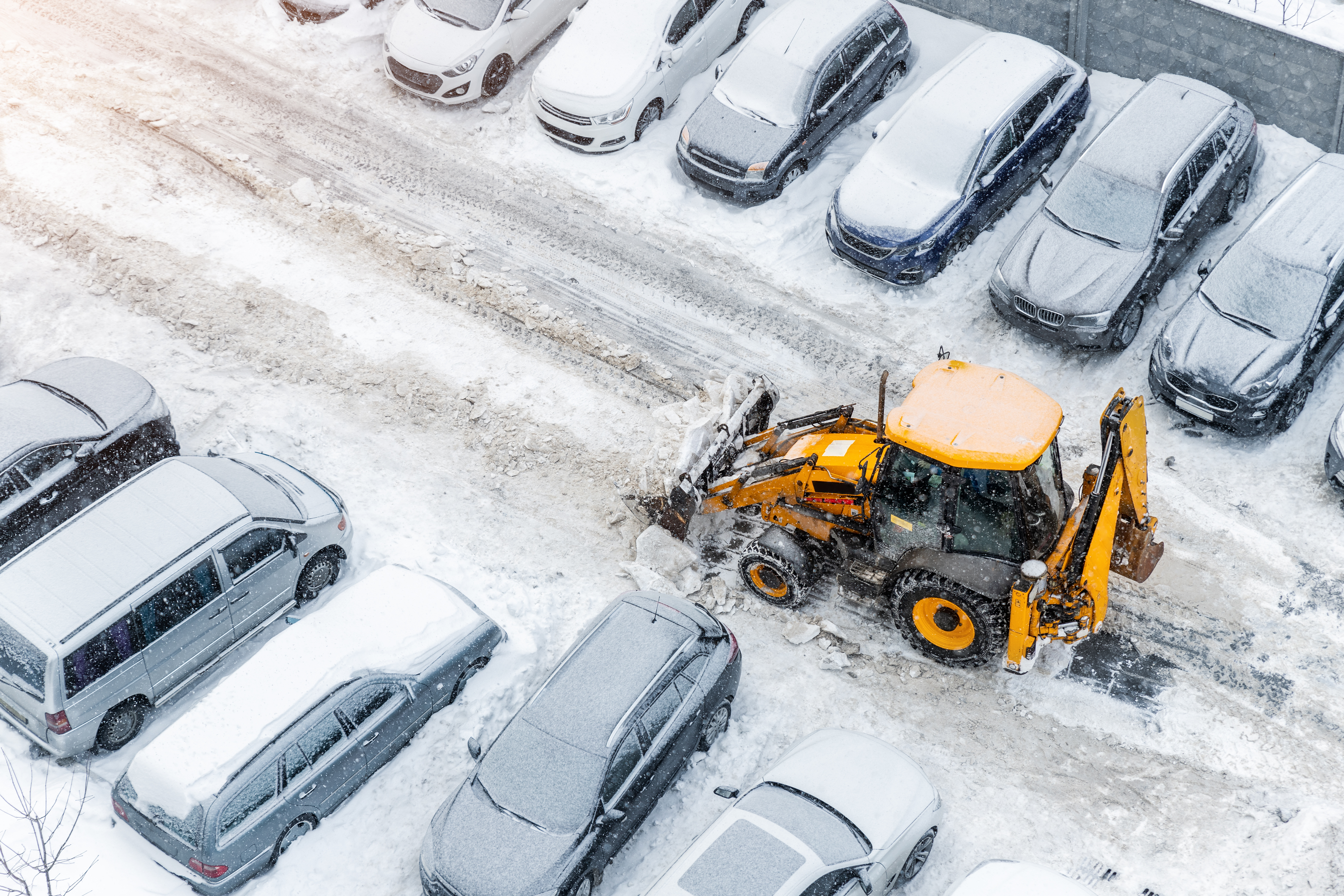Snow Season Risk Mitigation: What You Can Do

Snow season brings a certain amount of risk you need to manage to keep your employees and customers at your commercial properties safe. Hiring a reliable commercial snow removal partner to do the heavy lifting can significantly ease your workload and aid in snow removal risk mitigation. But whether you’re shouldering the load or bringing a partner on board, understanding and managing risks is critical. Here’s what you need to know.
[Read More]
Every snow season brings with it a certain amount of risk you need to manage to keep your employees and customers at your commercial properties safe. Hiring a reliable commercial snow removal partner to do the heavy lifting—and hiring them sooner rather than later—can significantly ease your workload and aid in snow removal risk mitigation.
But whether you’re shouldering the load or bringing a partner on board, understanding and managing risks is critical. Here’s what you need to know.
Conduct a pre-season rollout
A pre-season rollout should be an essential element of your snow removal plan. If you have a snow removal partner, this will involve an on-site meeting and inspection with them. In that conversation, be sure to cover:
- Push locations. Discuss and determine exactly where the snow will be pushed to avoid potential safety and/or traffic issues.
- Staking. Highlight the areas to be staked (if any) to increase visibility for snow removal and help prevent damage.
- Communication methods. Confirm preferred methods and channels of communication during the season with your partner or your snow removal crew, so everyone stays on the same page.
- Audit your locations. Evaluate your sites for potential hazards—from uneven sidewalks or parking lots to how steps and walkways should be cleared as well as the potential for roof accumulation—and make any repair or improvements as needed.
RELATED ARTICLE: 7 Musts for Your Snow and Ice Removal RFP
Develop a customized snow program
An important way to ensure effective snow removal risk mitigation is to build a snow program that outlines the specific services to be performed and the overall expected outcomes. Here, your risks primarily lie in the choices you make regarding your preferred pricing/services model, the trigger level you select for removal and the timing of services. And don’t forget to address areas that need to be shoveled, like sidewalks, entryways and loading docks, as well as de-icing using salt or other approved ice melt materials.
Select the best model for your business
Because snow removal needs vary from business to business, there are four primary models to meet them. Choosing the one most closely aligned with your business needs can lower both your safety and financial risks.
- Per occurrence/per push: Your site is serviced based on a set trigger (1 or 2 inches, for example) once accumulation begins for as many times as the trigger is met for a contracted fee.
- Event: Once accumulation begins, you pay a fee for service until it ends (or the snow event ends). For example: two hours with no additional accumulation would be considered a single event.
- Seasonal: You pay a fixed fee where service begins from the first day of your snow removal contract, with contracts typically signed for a duration of two to three years.
- Time and materials: Larger commercial properties requiring specialized equipment are more likely to opt for this model, which is customized based on the types of equipment and methods used and priced by the hour.
Set smart triggers for snow removal
Setting snow removal triggers—the level of accumulation at which service begins—is about balancing cost and risk. The industry standard triggers are generally one, two or three inches, and while they may seem straightforward, the decision-making process can actually be a bit complicated. For example, you can save money by having a higher trigger level. But waiting for more snow to accumulate can create safety and business risks. A good partner can help you understand the trigger options and their impact for your particular business.
Properly time your snow removal
Ensuring snow removal services are performed at the right time is crucial to risk reduction, from both a safety and an operational standpoint. Because not all businesses are open during the same hours, having snow removal completed well before employees and/or customers are due to arrive allows everyone to access your property safely. If you have a snow removal partner, be sure to specify the required service times with them.
Download this helpful Snow Removal Timeline to make sure your
program is ready and running before the first snow hits.
Keep your properties free from ice
Apply de-icing materials before a snow or ice event. Pre-treating surfaces with anti-icing agents can prevent snow and ice from bonding to the pavement, making it easier to remove. Be sure your provider selects the right de-icing materials, such as rock salt (sodium chloride), calcium chloride, magnesium chloride or potassium chloride. Each material has different effectiveness levels at various temperatures. Be sure to consider environmental impacts when selecting a de-icing agent.
Provide clear communication
The more you know, the better equipped you are at preparing for storms and keeping your people safe. When a storm is on the horizon, you and your snow removal team (or hired partner) should be communicating regarding the potential risks and going over protocols you’ve put in place to aid in snow season risk mitigation.
Consider hiring a trusted provider
Effective snow removal risk mitigation takes meticulous planning as well as expert execution to keep your sites safe. A trusted snow removal partner can assume responsibility for many of the requirements, working with you to develop your program and following it to the letter, to limit the risks to your business.
If you’re looking for a snow removal partner who can do it all, consider MCS. Contact your Chain Store account representative or email CSMsales@ChainStore.com today to request a quote and learn how we can partner with you to effectively meet all of your commercial snow removal needs.



